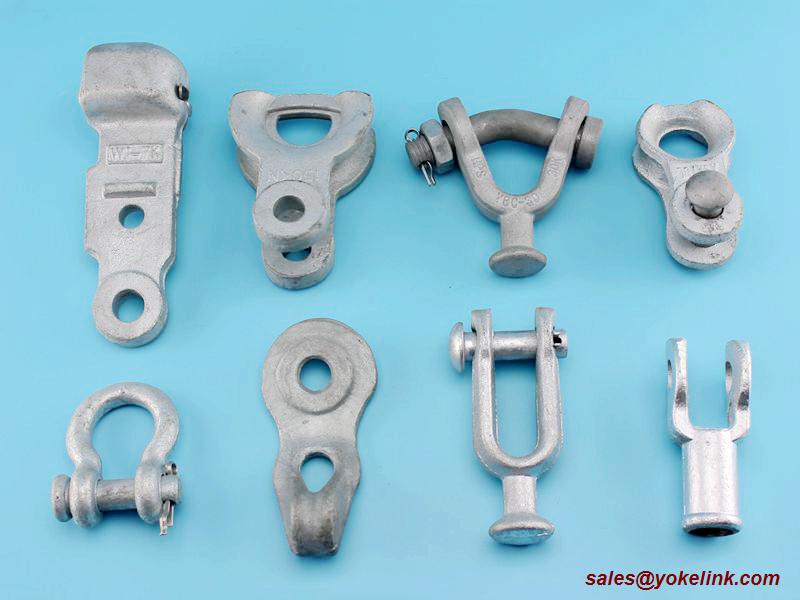Renovation of an old house is like reworking a piece of art that has already been shaped. It often takes more time and effort compared to building a new home, but with the right craftsmanship and creative use of paint, even an aging house can be brought back to life. In this article, we'll share some expert tips on choosing the right paints for renovating an old house.
Before starting any renovation, it's essential to plan carefully. A professional design team should assess the entire project, including the condition of walls, ceilings, and other structural elements. It's recommended to have experts conduct an on-site inspection to identify any issues such as cracks, uneven surfaces, or flaking paint. If these problems are found, the base layer must be repaired first. For this, eco-friendly interior wall putty is ideal—non-toxic, non-irritating, and highly adhesive. It penetrates deeply into the wall, filling in cracks and smoothing out damaged areas, making it easier to apply latex paint later.
One of the key areas to focus on during renovation is the doors and windows. The condition of these elements can vary widely. If wooden doors and windows are warped, peeling, or deformed, they may need to be completely replaced. However, if the wood is still solid and the surface paint is intact, you can reuse them by applying a decorative panel. For steel doors and security windows, if the paint is peeling, rust is present, or there are cracks, proper repairs or replacements should be made.
In many cases, due to age, the natural texture of wood becomes hard to achieve with traditional varnish. At this point, solid wood lacquer is a better choice. It not only covers the old finish but also allows for a fresh look that matches your new decoration style, giving the space a rejuvenated feel.
When it comes to renovating the walls and ceilings, the choice of materials is crucial. Wall coatings are among the most common options. Over time, the top layer of walls may develop cracks, chalking, or mildew. If left untreated, these issues can lead to uneven paint application, rough textures, or peeling. To avoid this, it’s important to properly prepare the base before painting.
With advancements in coating technology, there are now many types of paints available for different needs. For example, if you live on the ground floor, environmentally friendly mildew-resistant interior latex paint is a great option. For homes with children, easy-to-clean interior wall paints are also recommended.
By paying attention to these details and using the right materials, you can transform an old house into a beautiful, functional living space.
Transmission Hardware Fitting
Transmission hardware fittings are components used in the construction and maintenance of transmission lines for electricity or telecommunications. These fittings are designed to connect, support, and secure the different parts of the transmission line, ensuring proper functioning and reliability.
Some common types of transmission hardware fittings include:
Suspension Clamps: Used to hang the conductors from the transmission towers, providing support and preventing sagging.
Dead-end Clamps: Used to terminate the conductors at the ends of the transmission line, providing support and preventing them from slipping.
Splice Sleeves: Used to join two conductors together, ensuring a secure and conductive connection.
Insulators: Used to electrically isolate the conductors from the transmission towers, preventing electrical leakage and ensuring proper insulation.
Guy Wire Fittings: Used to secure and stabilize the transmission towers, preventing them from swaying or collapsing.
Connectors: Used to connect different components of the transmission line, such as conductors, insulators, and fittings, ensuring a secure and reliable connection.
Yokelink supply a full line of Tower hardwares, , provide part number to get a quote on these products, leave your message, or send us an email to get answers for your questions or product you needed.
Socket Eyes are used for connecting conductor clamping devices to ball and socket type insulators. Made by malleable iron, hot dip galvanized to meet ASTM A153 specification.
Ball Eyes are used to attach ball and socket insulators to other associated hardware. Hot dip galvanized to meet ASTM A153 specification.
Thimble Cleivs are used for attaching guy to pole eye plate. Hot dip galvanized to meet ASTM A153 specification.
Turnbuckles are used as adjustable extension links to maintain proper tower clearance on assemblies at tower end.
Strain Clamp used for distribution and transmission line construction with all aluminum ACSR, or aluminum alloy conductor.

Transmission Hardware Fitting, Socket,Ball eye, Hot line, Chain Link, Turnbuckle, Suspension, Strain, Yoke plate,malleable iron,hardware,tower,links
Ningbo Yokelink Machinery Co.,Limited , https://www.yokelink.com

